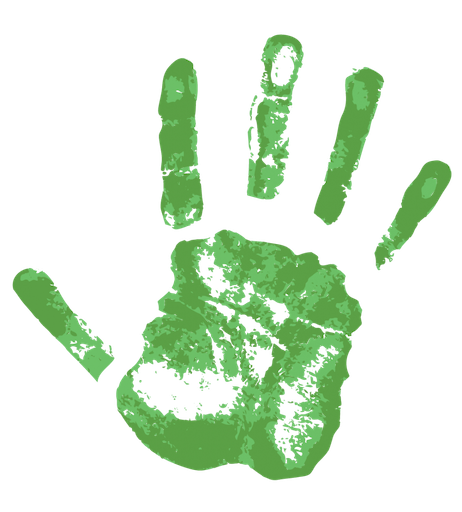




In almost every day in our daily lives, there are many areas where human circulation is quite intense such as shopping malls, public transportation vehicles, offices, hospitals, public transportation vehicles and airports. In such crowded and dense environments, the risk of contagious diseases and their transmission to healthy people increases in direct proportion to the number of people in the environment.
Every minute we touch each of the contaminated microorganisms (pathogens) around our bodies every day to cause these pathogens to pass through our bodies first, and then transfer some of these pathogens to other bodies or individuals. We are mostly not aware of the risks in our daily lives, especially in public toilets, computers, mobile phones, car steering wheel, elevator buttons and door handles.
According to the researches, aircraft which is one of the most intensively used transportation vehicles has the dirtiest points, for instance the dining tables in front of the seats have been found to be dirty. The reason for this pollution is due to the fact that the airline cleaning staff could not find time to clean the dining tables due to the shortness of the transfer time between flights. According to the researchers, the amount of microorganisms and the spots there found on airplanes and airports are as follows:
CFU / cm2: 1 cm2 The number of colony forming units (CFU = coloni forming unit)
The reason for the cleanliness of the toilets when compared to the tables is that the toilets are cleaned more frequently than the tables.

Many viruses and bacteria that cause the disease affect people when they are infected with the mouth or nose. People who carry pathogens can infect other microorganisms into other healthy individuals by the objects or foods they touch, if they do not wash their hands correctly. When a body touches an object infected with those microorganisms, microbes penetrate the body through the mouth and nose by hands.
Pathogens are mainly distributed in 6 ways.
Pathogens that are frequently encountered and can be extremely dangerous include escherichia coli, pseudomonas aeruginosa, staphylococcus aeureus, and candida albicans microorganisms. These microorganisms cause many diseases such as diarrhea, hepatitis A, dysentery and influenza. However, many types of viruses, such as H1N1 (swine flu virus), SARS and MERS, also cause quite lethal diseases.
The most basic way to protect yourself from infectious diseases is to wash your hands regularly. The hands should be washed with liquid soap and in the correct way every time they get dirty. Also, washing hands with 30 seconds duration instead of 15 seconds reduces the risk of disease formation up to 10 times. Especially at critical points such as food production facility or hospital, the hands should be washed with disinfectant liquid soap and then drying should be done with disposable paper towels and then disinfection of hands with alcohol based hand disinfectants should be ensured. While exiting the toilet in bus terminals, airports, shopping centers, offices and hotels in crowded areas, hands should be disinfected with alcohol-based hand disinfectant; this significantly reduces the risk of disease transmission in such intensive areas.
Another issue that is as important as correct hand washing in hand hygiene is the proper drying of the washed hands. Studies show that after the washing of hands, when hands are dried with hot air dryers, remaining water droplets cause the microorganisms scatter up to a distance of 2-3 meters. When hands are dried with a disposable paper towel as recommended by WHO, the number of microorganisms in the hands decreases by 76-77%, and there is no risk of spreading to the environment and transmission to others.

With correct and routine hand washing:
Eczacıbaşı Profesyonel is aware of the importance of a healthier society and works to make the living areas more hygienic. In this context, Eczacıbaşı Profesyonel provides hygienic environments with special solutions to enterprises and reduces the risk of spread of infectious diseases. Eczacıbaşı Profesyonel provides hygiene solutions with disinfectant liquid soap and alcohol based hand hygiene products and Selpak Professional and Marathon disposable paper products series in the Maratem Personal Hygiene product range. Eczacıbaşı Profesyonel, which offers special solutions for its customers, provide education to over 6000 employees within 1 year, with specialist staff training to business units with EPA Academy offers solutions in the fields of auditing and consulting.